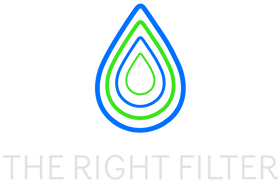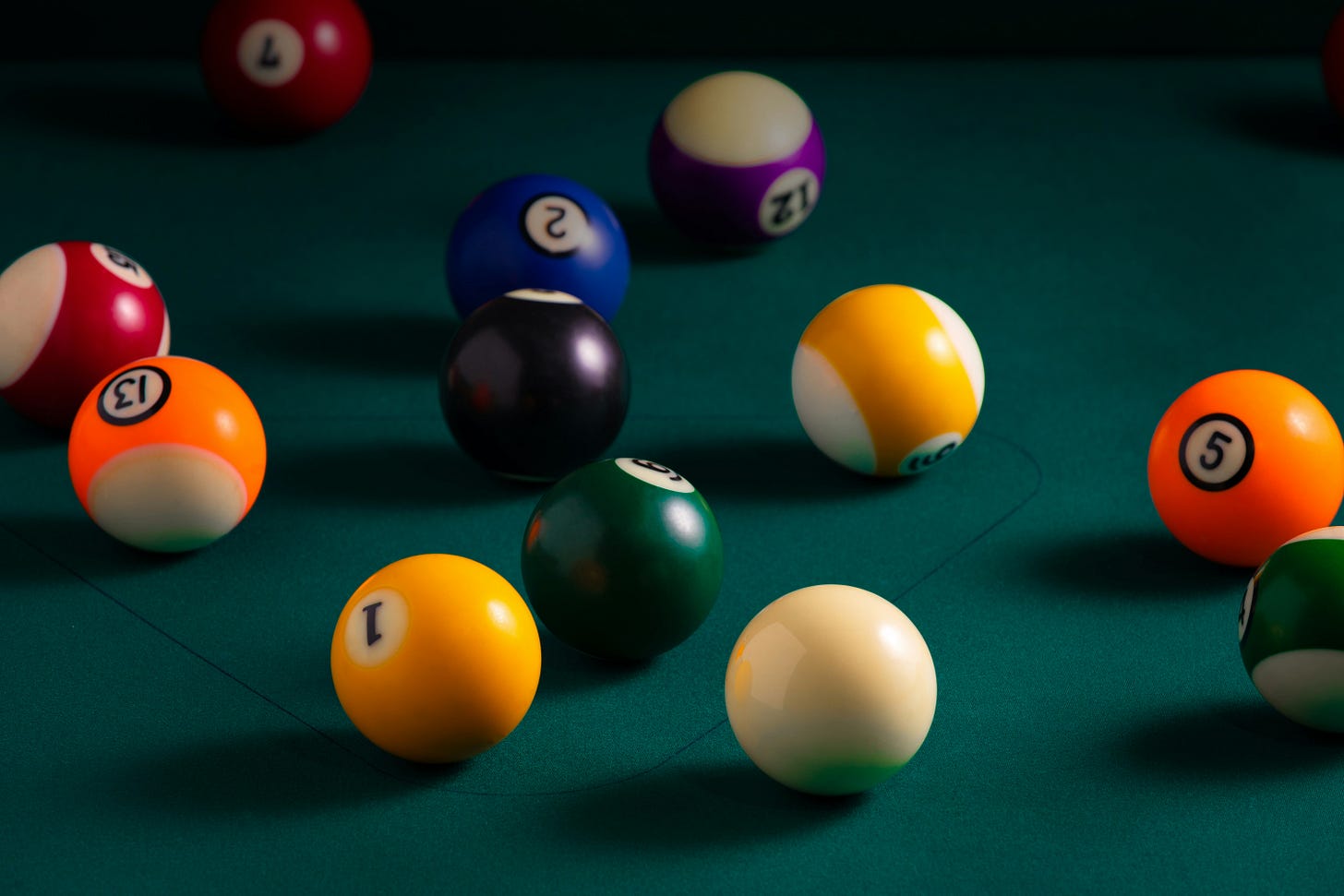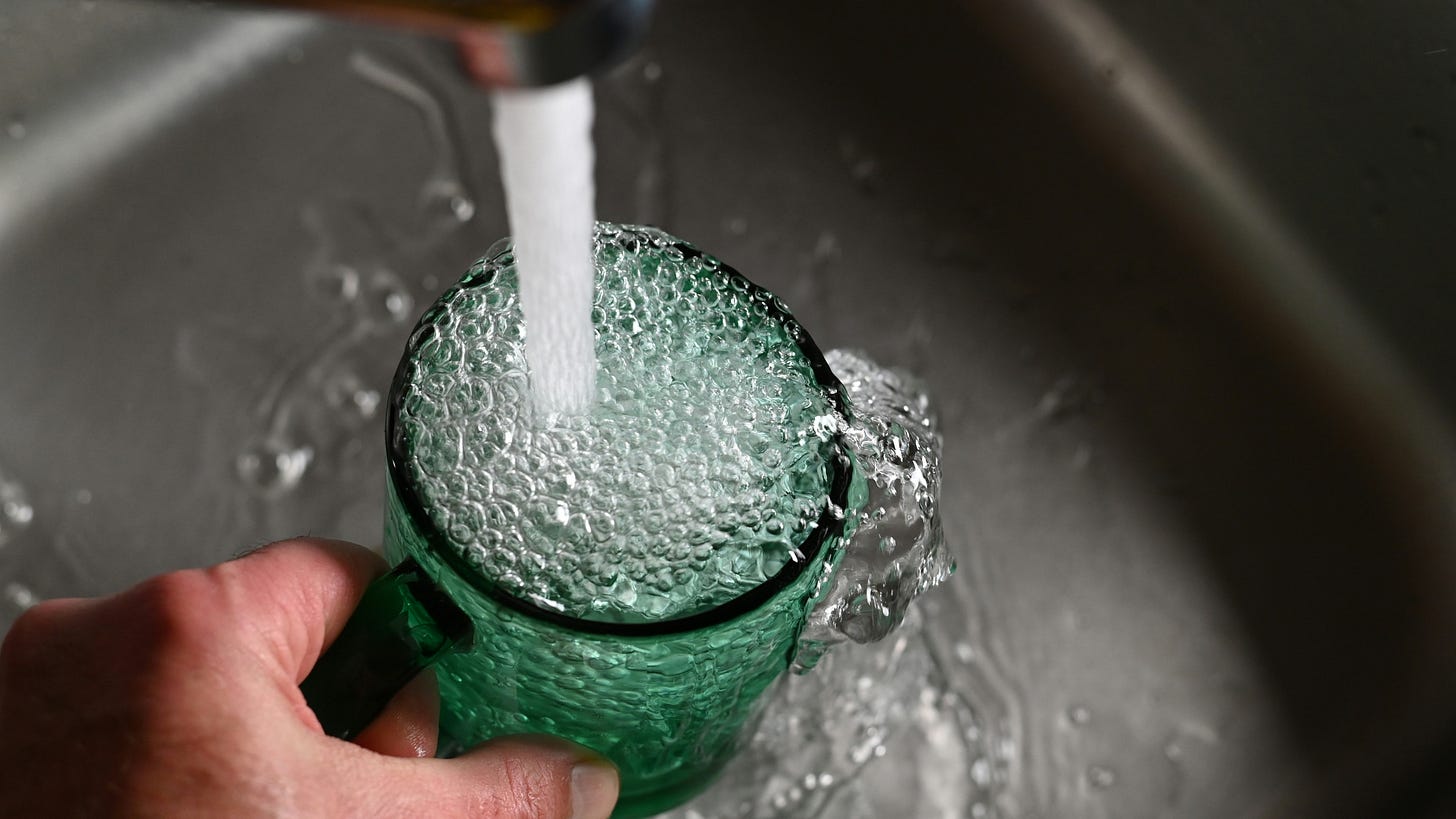Looking around the world today, it’s a little difficult to imagine what a post-plastic one would look like. The history of how plastic went from an interesting technology to fundamental to modern life is hard to fully grasp. Almost as hard as imagining what a post-plastic world would look like.
Let’s take a moment for a quick review, shall we?
The first plastics, discovered by Charles Goodyear (yes, like the tires) were based on natural and renewable raw materials. The next big step was around 1870 when celluloid, which replaced ivory in billiard balls, became the film of choice in cameras. But the very first, fully synthetic plastic, was invented in 1907 by Leo Baekeland, and it was known as Bakelite. Then Fritz Klatte patented polyvinyl chloride (PVC) just 5 years later.
In 1950, when it was discovered that PVC could be made using chlorine, a cheap byproduct at the time, plastic production really took off. By then, other plastics were in heavy use but not among the public. The parachutes of the US soldiers at the Normandy Landings? Made of polyamide. Teflon? Heavily used in World War II. Even silicone saw increases in production.
Since then, the production of synthetic polymers has exploded to 230 times what was being produced in the 1950s. In 2020, 52 million metric tons of plastic was made. Which would be impressive, but 30 million metric tons of plastic, almost 57% of all plastic pollution, is currently being set on fire and burned because there’s no other option in some situations.
Plastic has also become a part of our environment. We find that plastics affect bees, which affects pollination, which affects agriculture. We find that plastic bags look just like squid, at least to whales and other animals that hunt with sonar. We even find that dolphins can inhale microplastics in the wild.
Knowing that, it should be no surprise that plastics have also affected humans in ways we never anticipated when we replaced ivory billiard balls with celluloid ones. But it’s the details of how exactly it affects humans that we are still learning about. So while we find that nanoplastics can impair the effect of antibiotics, we still need more and more research to learn how it affects humans. We know that microplastics can affect inflammation but the list of things that do that is massive and includes exercise, salt, and stress. In fact, a 2022 WHO study concluded there was no clear risk to human health. To quote Dr. Landrigan of Boston College, “Even though there's a lot we still don't know about microplastic particles and the harm they cause to humans, the information that is available today is in my mind very concerning”
But it’s not all gloom, doom, and late-stage capitalism. New forms of plastics, using plant based polymers, amino acid nanocrystals, and bacteria are in development. New forms of plastic recycling are being researched, from modifications to current techniques to stuff that sounds like magic
For instance, there’s cellulose diacetate (CDA). Made from wood pulp, this polymer looks to be a good replacement for other plastics like Styrofoam. What’s incredible about this is that by adding small pores to it, CDA can degrade in the ocean…faster than paper.
Another bit of wizardry involves iron, which is nontoxic, easy to find, and cheap. Using a little electricity, and iron catalyst, and possibly fairy dust, a German team has found a way to turn polystyrene into chemical building blocks and hydrogen. So there’s a theoretical future where plastic bags are treated less like a problem, and more like a source of fuel.
The plastic problem is massive in scale, scope, and complexity. No rational person could argue that we can completely stop using plastic immediately. We’ve spent the last 70+ years integrating it into our lives and societies. No sane person could argue that plastic has no effect on humans or wildlife or the environment itself.
But there are rational and sane ways to reduce your personal exposure to plastic.
Get reusable stuff. A shopping bag, a water bottle, even cutlery of your own.
Eat food that you prepare at home, instead of a prepackaged thing from a store. The occasional treat, once in a while, that’s not so bad. But if every meal you eat is accompanied by a crinkling sound, maybe rethink that.
Don’t microwave that meal in its plastic tray, no matter what the package says. In fact, avoid eating food with or on plastic.
Drink tap water, instead of buying bottled water. If you don’t like the taste of your tap water, filter it with an undersink filter. The added benefit is you can be certain that there aren’t any microplastics in it.
Little steps like these are the best way to protect yourself from the plastic problem. At least until science can get us to a post-plastic future, where cars run on plastic bags and plastic straws dissolve faster than paper ones.




